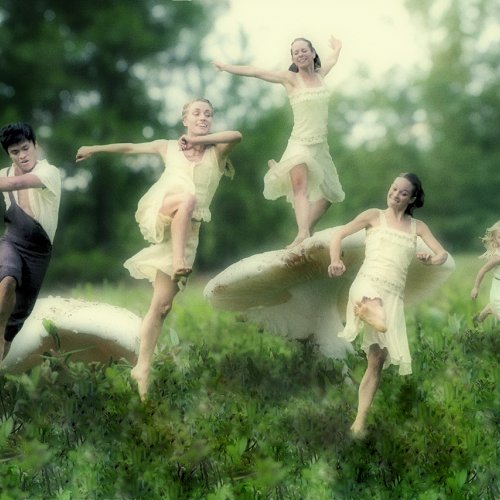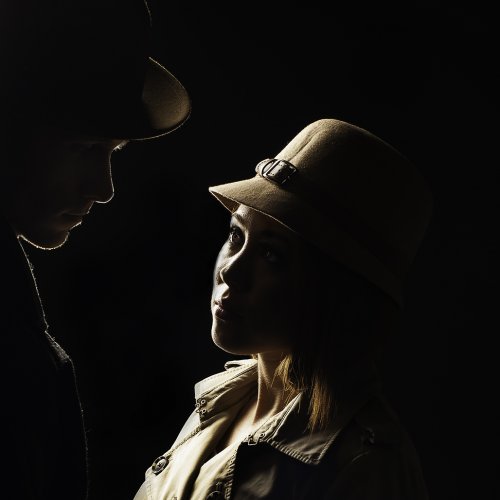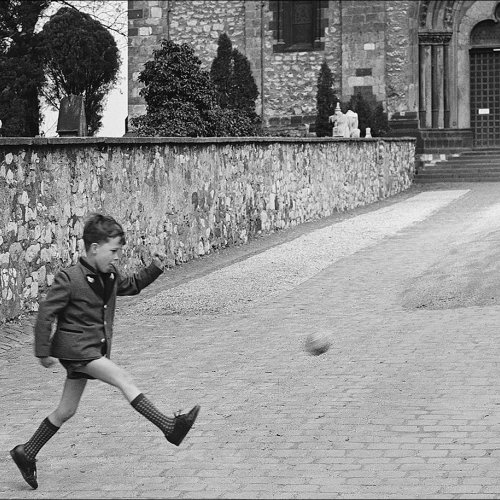Part One: A Literature Analogy
Introduction
Photographers are wont to argue the merits and demerits of image manipulation. Whether tis nobler to change nothing, or to process pixels to your heart's content. This discussion isn't new to the digital realm, but began long, long ago in the film era and likely, even before.
An early High Dynamic Range (HDR) image from 1864 - that's right - from the Civil War, reminds me of the long history of image manipulation. The image of a scene at the Tennessee State Capitol Building shows the statehouse steps, with with covered cannon in the foreground. While the sky in that image was replaced with a different exposure, yielding properly exposed sky and clouds (rather than having those elements washed out), nicely balanced with the foreground. (This image was shared with APS during our 40th Anniversary Program, 2010. Please see Notes 1 & 2.)
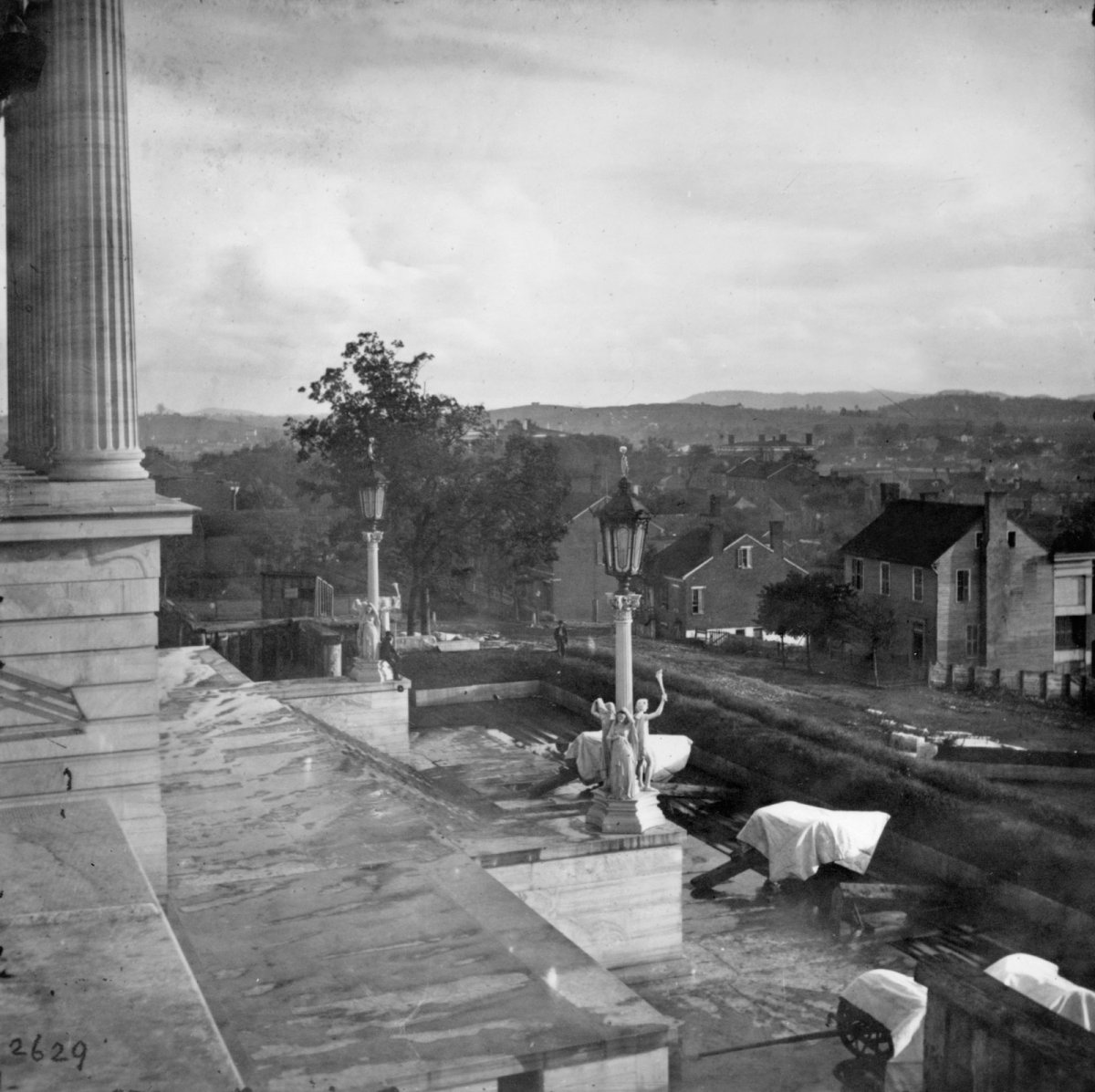
Nashville, Tenn., view from the capitol, 1864. Photographed by George N. Barnard. 165-SC-3. National Archives Identifier: 533376
Now some may argue: Is this an historical image accurately reflecting the scene at the time? Is it "doctored" and no longer valid as an accurate representation of history? I prefer the questions: Which best represents and conveys the spirit and “truth” of the event? Which best coveys the photographer’s intent and vision?
An Analogy
The incredible range of photographic manipulation possibilities remind me of the broad world of literature. Our varieties of literature are almost limitless, but they are often organized into categories for our convenience, and enjoyment. Categories of literature that immediately come to mind include: history, historical fiction, fiction and fantasy. Certainly, there are many more, like poetry such as Haiku’s (three-line poems) and illustrated children’s books. But, carefully considering the characteristics of this wide range of narrative genre may help us to understand the utility, worth and limits of different artistic approaches to photographic manipulation.
“Really?” you say. Be patient, tadpole.
History
Works of history aspire to accurately depict times past, and to give the reader truthful insight into the who, what, how and why of what happened. No book of history is ever perfect. All of them contain errors and omissions, and some, outright falsehoods. I'm a history lover, and one of my best loved examples - Bodyguard of Lies by Anthony Cave Brown. It's a special book to me since I've read many dozens of histories on World War II (quite a few were multiple volumes) and "Bodyguard" revealed so many of the missing pieces - spying, subterfuge, misdirection and code breaking - that helped to make sense of the course of that important war. It wove the many outward facts of the war into a much more coherent and comprehensible whole.

Fussball Before Mass by Don Stephens
Historical Fiction
Historical fiction seeks accurate depiction of the times, with believable but fictional characters doing what could well have been happening during that time. One of my favorites - Alaska by James Michener. I read Michener's Alaska shortly after returning from a wonderful two-week trip to Alaska. Seeing and hearing so much about the life and history of Alaska during that trip, I was a bit bewildered. Michener’s yarn helped to ground my brief experience, giving me at least an approximate "road map" tying all my swirling trip memories together into something approaching cursory understanding. Bottom line, historical fiction can be good stuff. It was a fun read and enhanced my insight into the "real" Alaska. Well written historical fiction captures the tenor of the times, and entertains, while illuminating the essence of by-gone eras.

The Blues by Kathryn Nee
Fiction
With fiction, there is no pretense that the story, characters or places are real, but the best examples often reveal truths, and mysteries, of human nature (and sometimes nature's nature) that might not be grasped in any other way. One of my all-time favorites - To the White Sea by James Dickey. Any attempt to describe what the book is "about" would ruin the reader's experience. So, I won't. Just remember that Dickey's prose is like smooth, sweet Sourwood honey, that it's probably his best work of fiction, and that the main character's strivings and struggles mirror the inner stresses common to everyone, and the outward responses shared by only a few.

Don't Go by Brandon Ward
Fantasy
Fantasy revels in flights of the human imagination that point to incredible possibilities, un-credible impossibilities, and everything in-between and beyond. My favorite, from my graduate school days - The Teachings of Don Juan: A Yaqui Way of Knowledge by Carlos Castaneda. Don Yuan was a truly different paradigm vs. the science and politics that I was studying. It was a great study break. And, for me, Castaneda opened a whole new realm of human spiritual possibility (or impossibility, depending on your point of view) that spoke to my sense of limitless human potential.
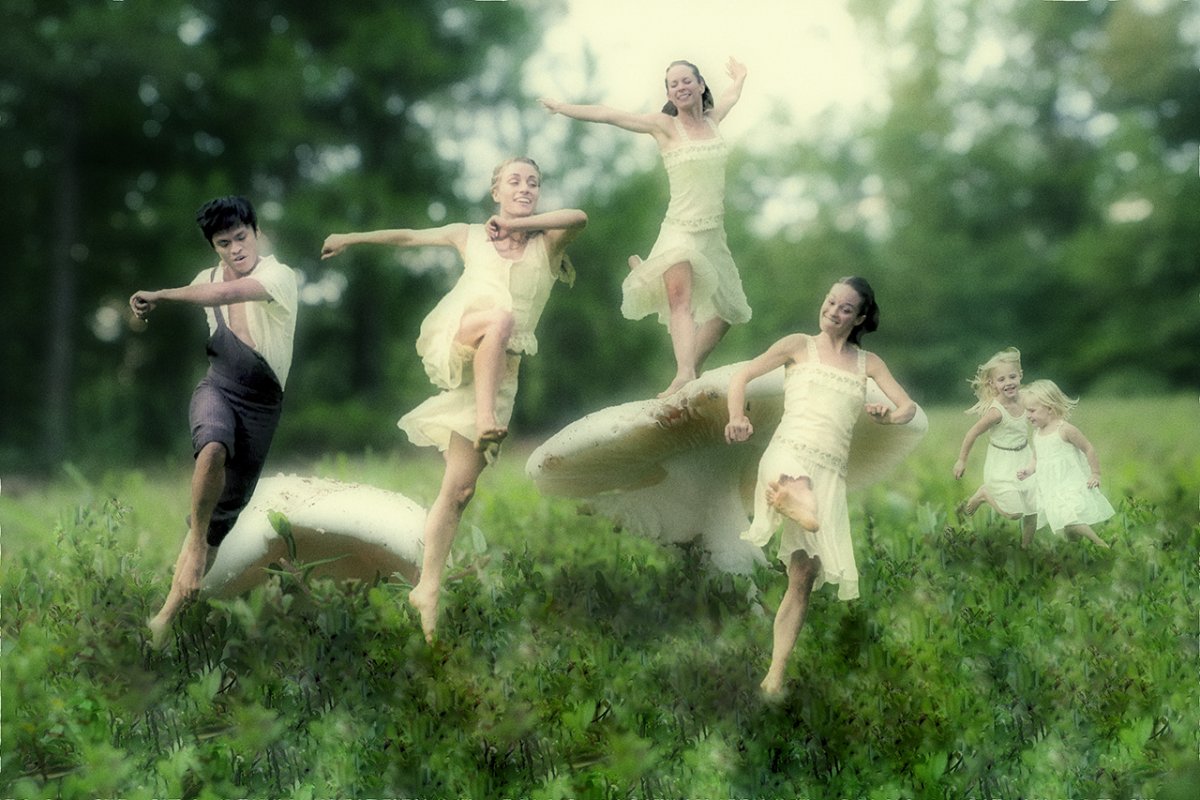
Dance of the Mushroom Fairies by Al McLeod
Part Two: How does all that literature relate to photography?, will follow in a week or two.
Your thoughts and feedback?
Email the authors: Jim Harrison and Don Stephens.
Notes
1. https://www.archives.gov/research/military/civil-war/photos#toc--index-to-photographers
2. Nashville, Tenn., view from the capitol, 1864. Photographed by George N. Barnard. 165-SC-3. National Archives Identifier: 533376

